What is the best way to keep a view table up to date, using the CQRS/Event Sourcing pattern?
The most common way is through KSQL queries, but I would like to know if there is a more generic way, for example, using a relational database.
The more time your app is running, you will have to read more data, making this unsustainable. How do you deal with this? Do you just read all the events and compute them every time one new command is executed?
